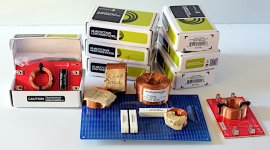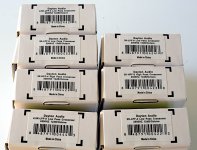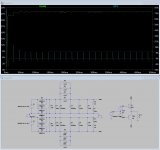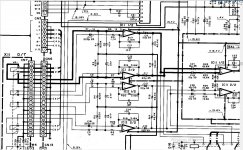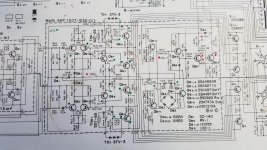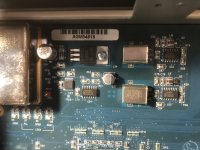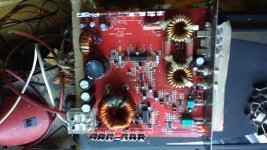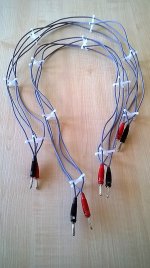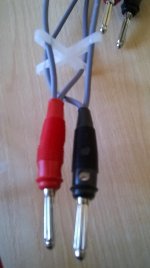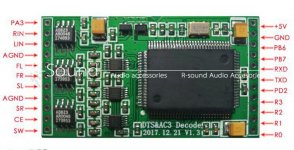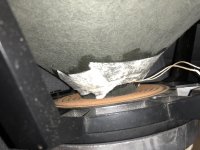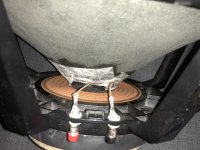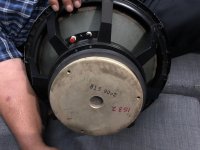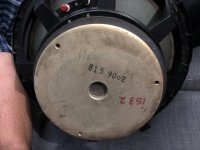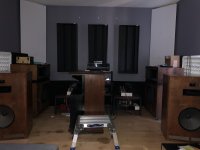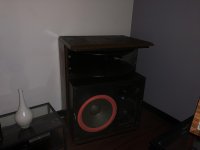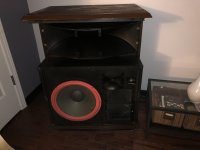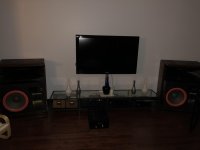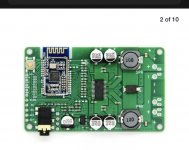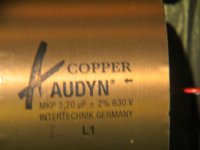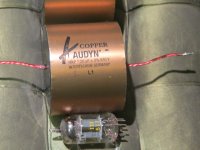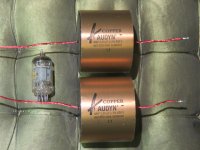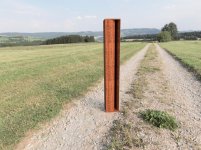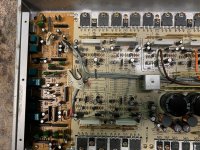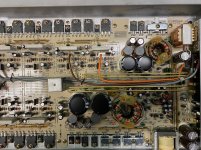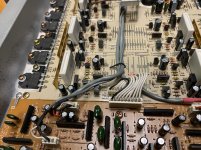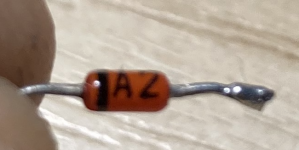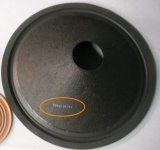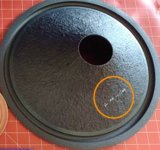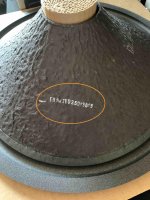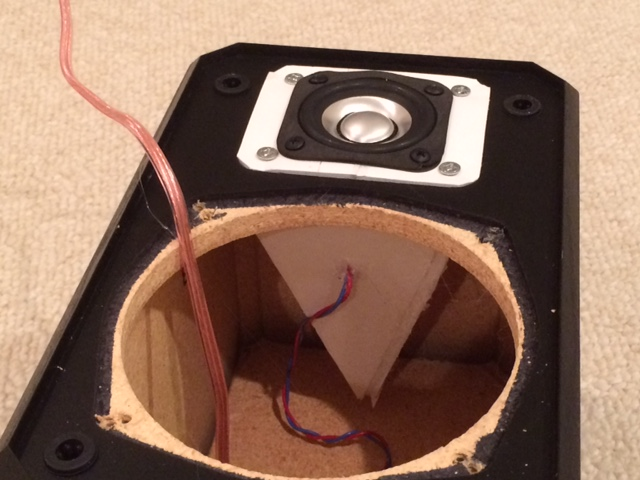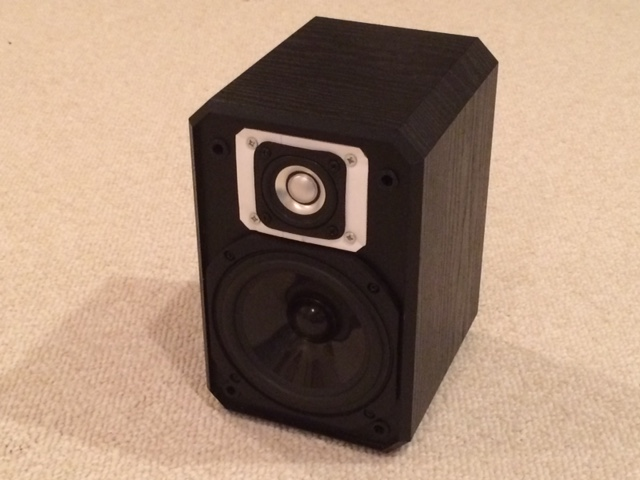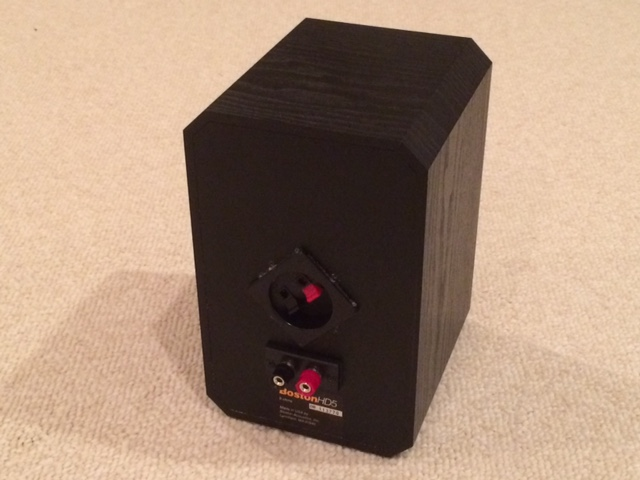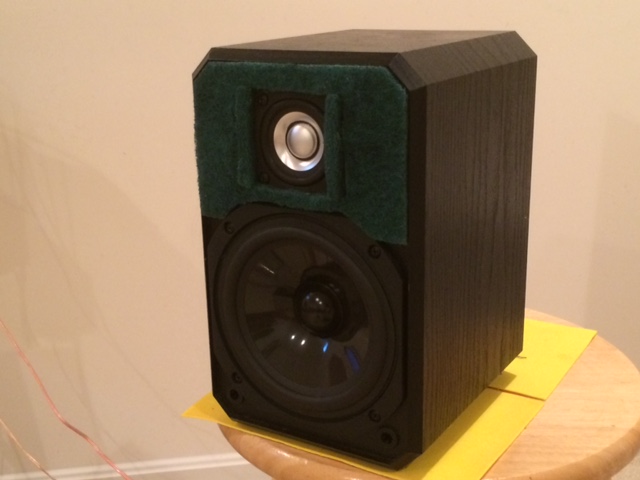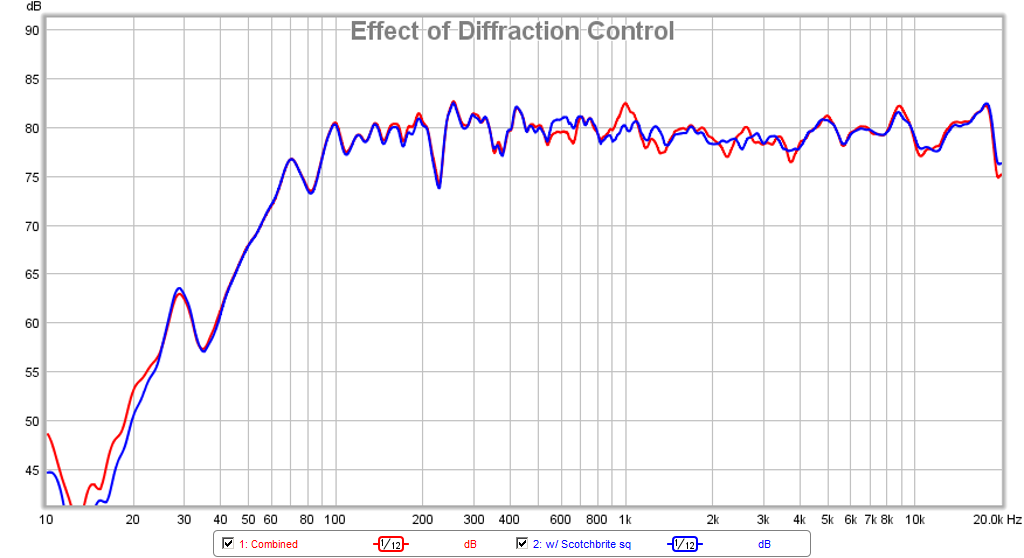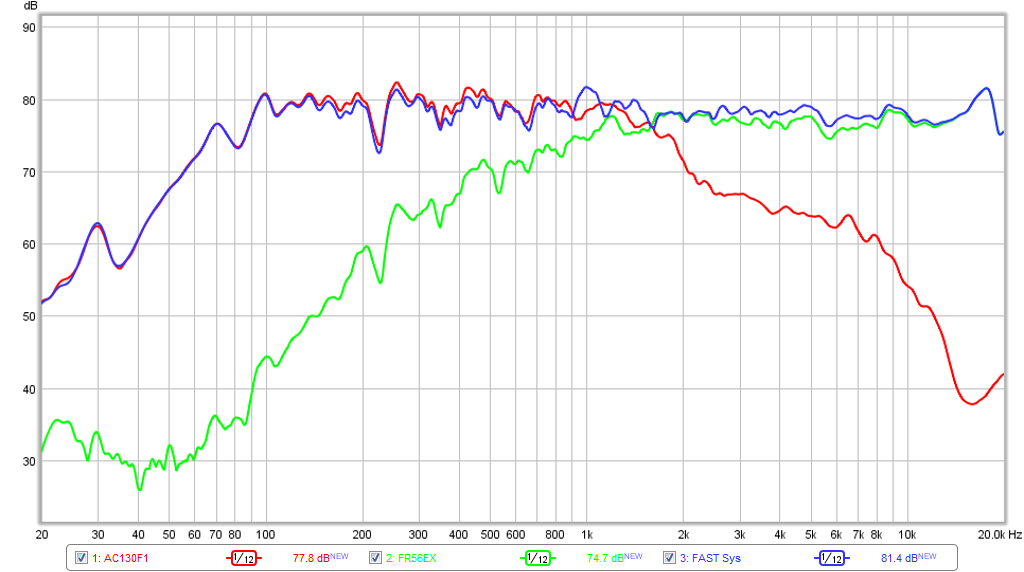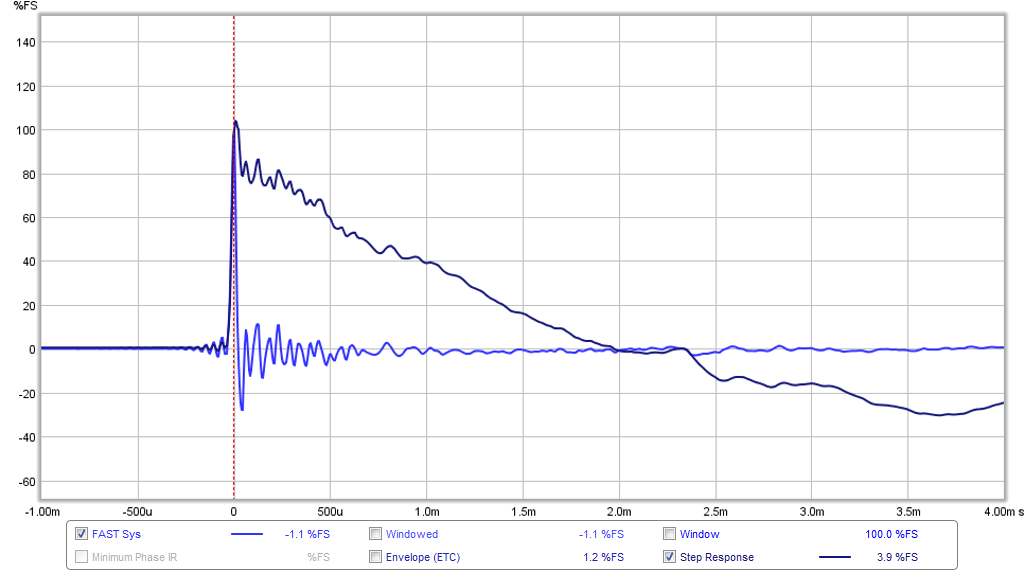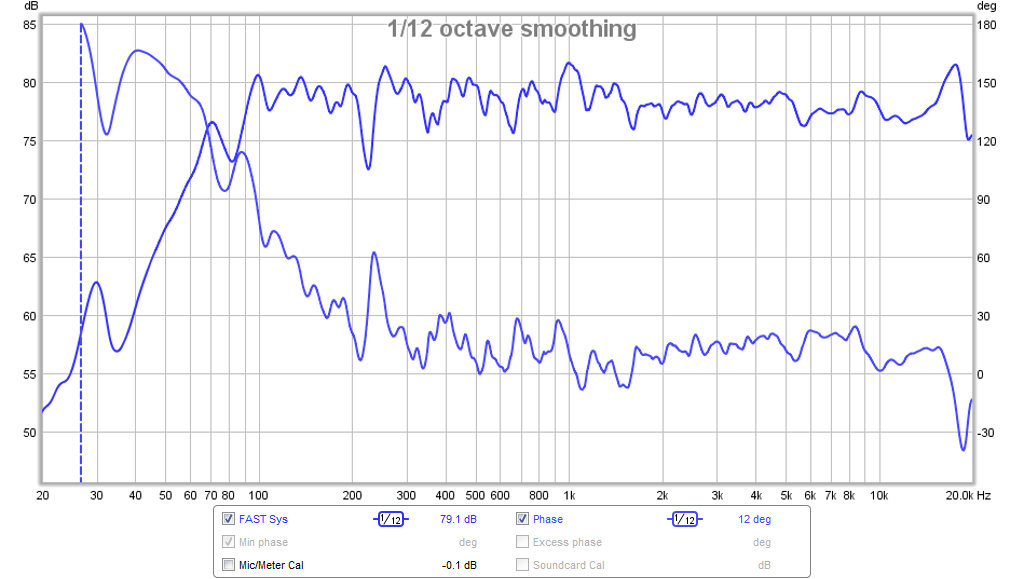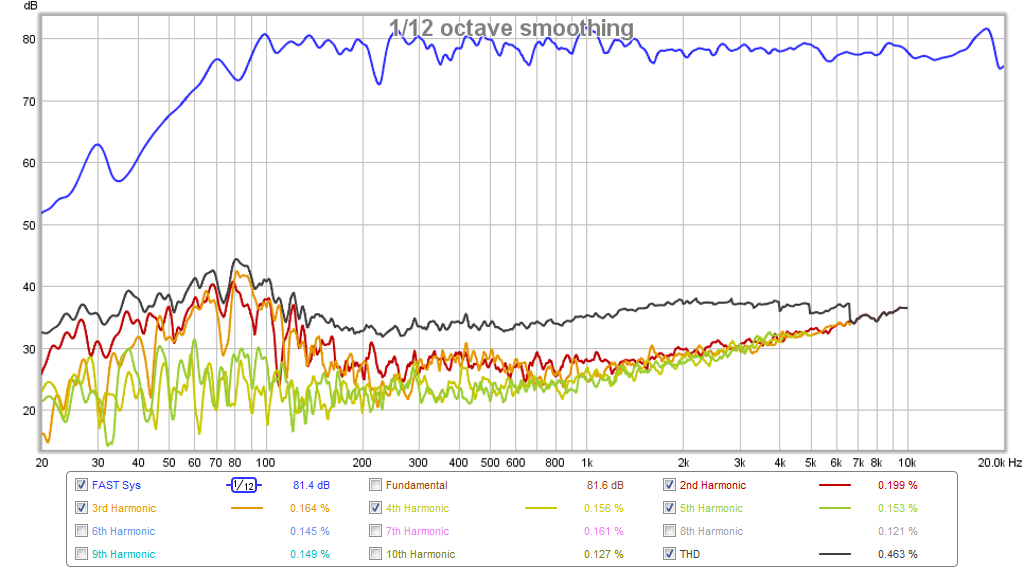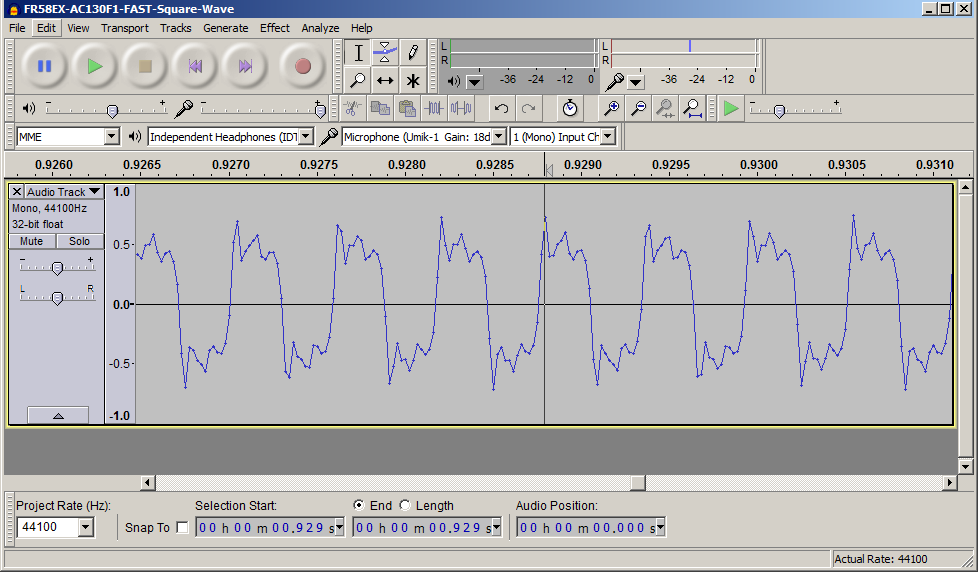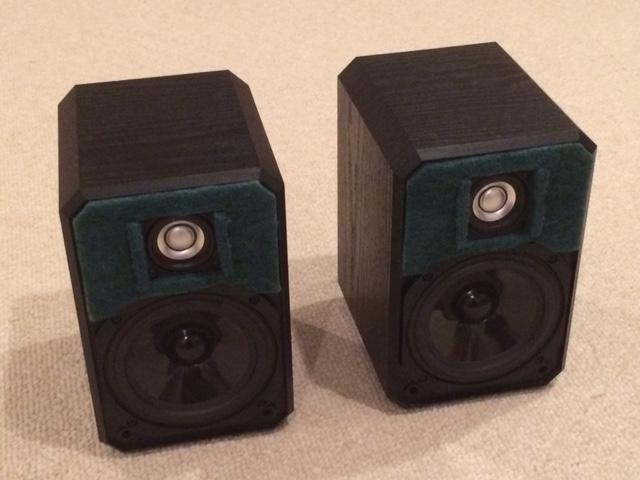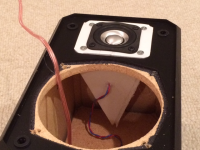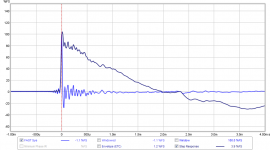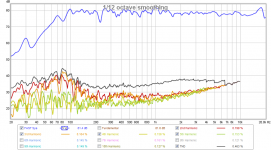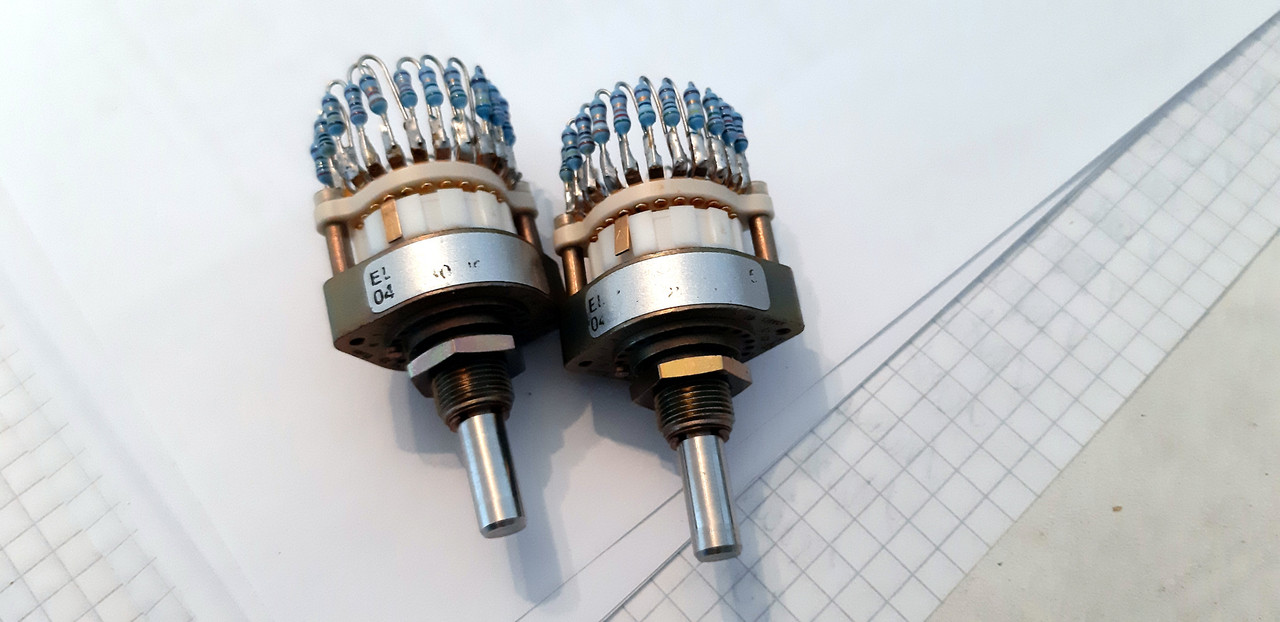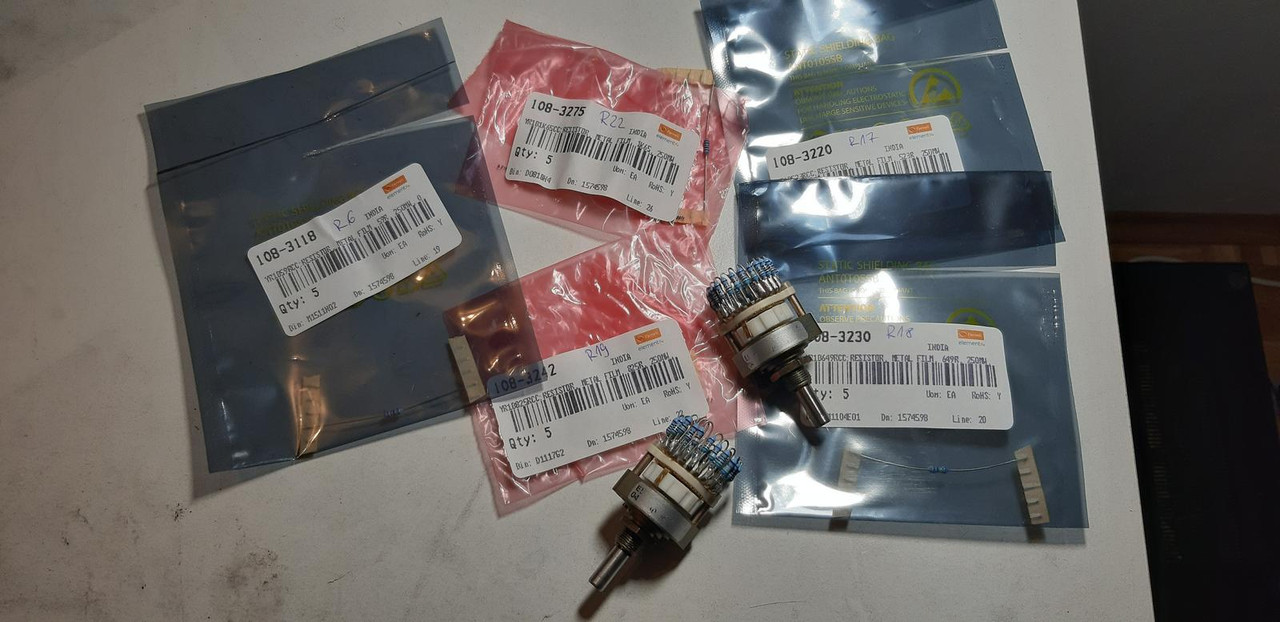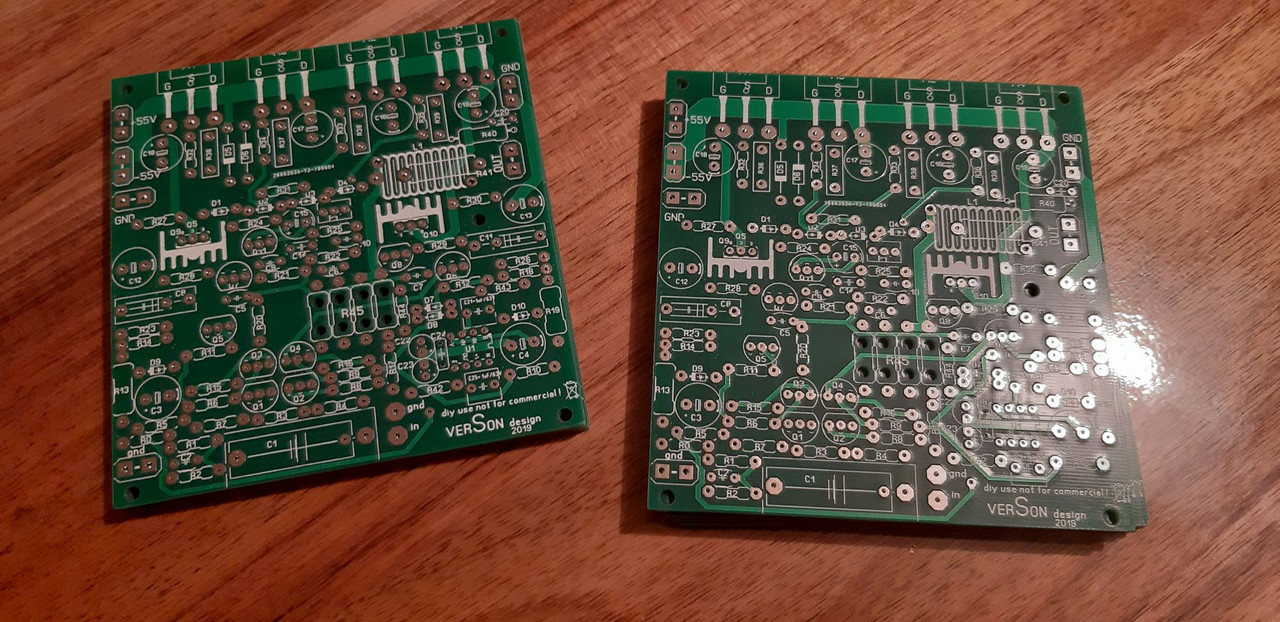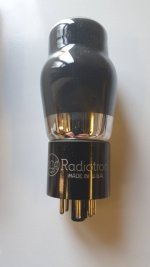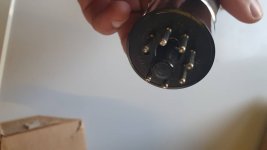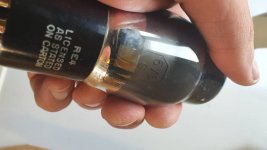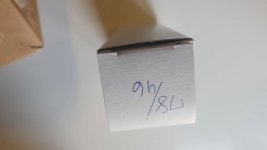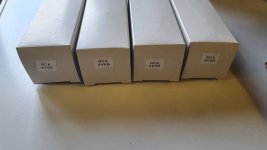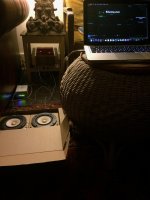Dear Members,
would you please validate this below design of mine ?
Usage scenario:
- background music on low-medium levels (no primary hi-fi)
- multiroom use: room1 big living room, room2 bedroom
- newly renovated flat, electrician put all cables into the walls already. Unmovable, sadly. Luckily they're standard stranded copper cables with good conductor thickness
- bedroom: 2 upper corners pre-cabled
- living room: 4 upper corners pre-cabled
So, I'm in the adventure of creating a multi-room solution which will involve some kind of miniDSP and 1, max 2 additional "nonintrusive" subwoofers as well, nicely placed here and there.. measuring will decide (UMIK-1 provided).
First step is designing the studio/monitor sized passive boxes into the corners.
Can't move them due to fix cabling and aesthetics, it's kind of a luxury home. Woodwork will be done via a professional, lacquer, everything..
My part is to choose drivers, do sizing, port tuning, all this kind of stuff you know. And the crossover. Here I'd like to hear your opinion about what I've chosen to do in the upcoming days.
Tweeters:
I chose the
HiVi RT2C-A AMTs, I might rotate them 90° to convert it's wider horizontal dispersion to vertical which might come handy when ceiling-corner mounted. Although from there, pretty much everything in every angle hits a wall/ceiling (which is good in this case at least).
Nominal 8 Ohms, 94dB average, stable impedance (easy on crossover side), planned to be crossed with 3rd order at 2500Hz.
Midwoofers:
Aurum Cantus AC-165. Peak at around 8k - I don't think I should take much care of it with a 18dB/oct slope at 2500Hz, otherwise good feedback so far.
Crossover: I called
this site for help .. and made my calculations.
Reading a lot on the internet I think room modes modify a speaker's amplitude response anyway, especially when we talk about bacground music ceiling-cornered speakers with multiple possible listening positions.. so flat amplitude response isn't what I'm striving for, but rather phase and group delay coherency. -> Bessel.
I opted for a 3rd order Bessel, a good compromise to be not yet that complex like an LR4 but still a little bit more steep than a 2nd order classic good-old BW. And then we'll see. (In amplitude response it has -5dB at XO point for each driver so summed up the two, at XO point the system has a +1dB lift which is negligible in my case).
I've never ever heard a Bessel but can change anytime to any other config, for now that's it.
Playing together:
Tweeter is at 94dB average, I calculated 3 types of differently damping L-Pads on this site, for 7.5 Ohms. That will be pretty much exact (seeing the somewhat blurry impedance line of the driver). We'll se which I use - if at all. If corners will lift midbass response to some extent, a slight "V" in the overall SPL curve won't harm anybody, of course this breaks xo symmetry but end result is more important than textbook crossover..
Midbass drivers are at 91dB, a Zobel (series RC in parallel with driver) would take care of flat-ish impedance curve and grant a well funcioning crossover at the XO point, where midbass is at 12Ohms already - and rising. Not sure if I want to overcomplicate this passive xo network with an additional RLC for flattening the impedance peak at the lower region of the woofer. In case of a low damping factor tube amp I'd do so but drive here would be most possibly a TPA3116D2 Class-D with low noise regulated, well damped power supply so I don't think an RLC is needed.
What do you think ? About the whole, limits taken into consideration.
Any detailed advice is welcome, or if you say "great, go ahead, nice plan" - that's welcome as well.

At the end when all drivers are up on the ceiling in the corners, multichannel amplifier built and ready to serve, active subs placed, everything connected.. a small miniDSP solution will handle room modes (especially in the bass region) at the possibly most favourite listening position (big sofa in front of the tv). Another miniDSP doing the same in the bedroom (or even not..).
Mentioning this just for the sake of completeness.
(Multiroom: volumio or roon or picoreplayer, 1 or 2 RPi-s with decent dac hats). 
